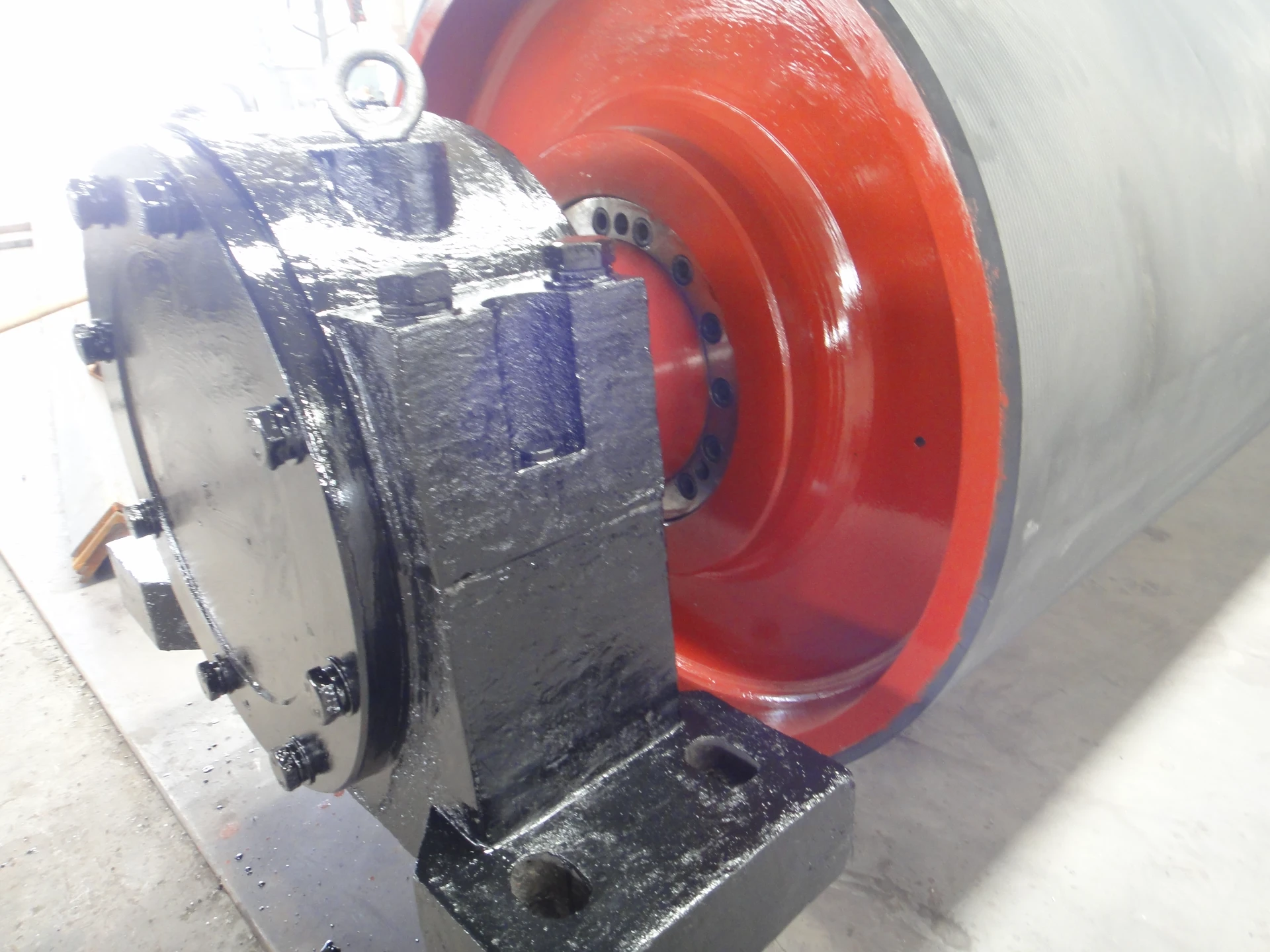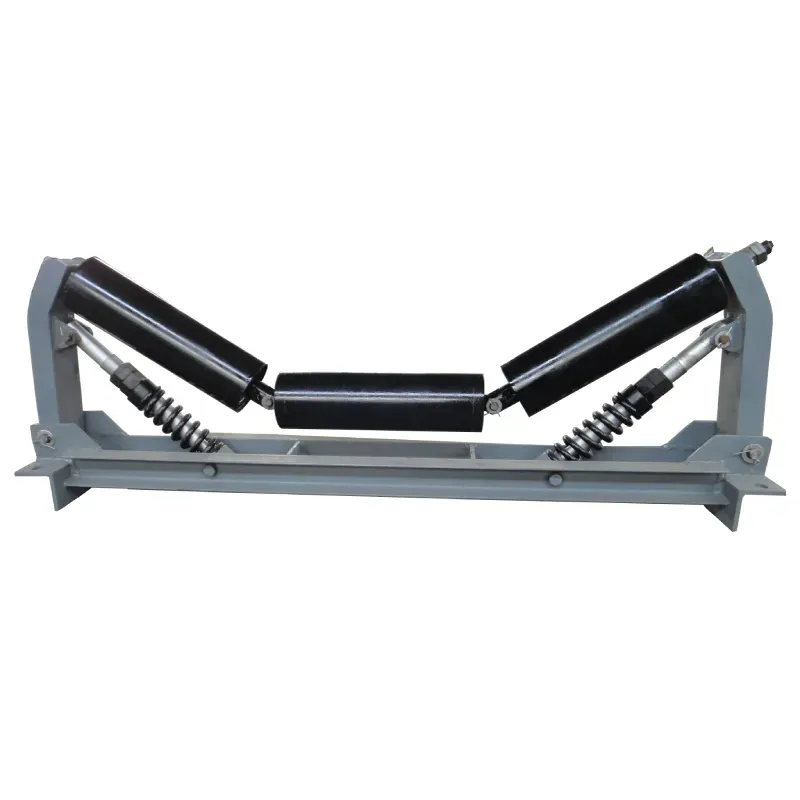 Afrikaans
Afrikaans  Albanian
Albanian  Amharic
Amharic  Arabic
Arabic  Armenian
Armenian  Azerbaijani
Azerbaijani  Basque
Basque  Belarusian
Belarusian  Bengali
Bengali  Bosnian
Bosnian  Bulgarian
Bulgarian  Catalan
Catalan  Cebuano
Cebuano  Corsican
Corsican  Croatian
Croatian  Czech
Czech  Danish
Danish  Dutch
Dutch  English
English  Esperanto
Esperanto  Estonian
Estonian  Finnish
Finnish  French
French  Frisian
Frisian  Galician
Galician  Georgian
Georgian  German
German  Greek
Greek  Gujarati
Gujarati  Haitian Creole
Haitian Creole  hausa
hausa  hawaiian
hawaiian  Hebrew
Hebrew  Hindi
Hindi  Miao
Miao  Hungarian
Hungarian  Icelandic
Icelandic  igbo
igbo  Indonesian
Indonesian  irish
irish  Italian
Italian  Japanese
Japanese  Javanese
Javanese  Kannada
Kannada  kazakh
kazakh  Khmer
Khmer  Rwandese
Rwandese  Korean
Korean  Kurdish
Kurdish  Kyrgyz
Kyrgyz  Lao
Lao  Latin
Latin  Latvian
Latvian  Lithuanian
Lithuanian  Luxembourgish
Luxembourgish  Macedonian
Macedonian  Malgashi
Malgashi  Malay
Malay  Malayalam
Malayalam  Maltese
Maltese  Maori
Maori  Marathi
Marathi  Mongolian
Mongolian  Myanmar
Myanmar  Nepali
Nepali  Norwegian
Norwegian  Norwegian
Norwegian  Occitan
Occitan  Pashto
Pashto  Persian
Persian  Polish
Polish  Portuguese
Portuguese  Punjabi
Punjabi  Romanian
Romanian  Russian
Russian  Samoan
Samoan  Scottish Gaelic
Scottish Gaelic  Serbian
Serbian  Sesotho
Sesotho  Shona
Shona  Sindhi
Sindhi  Sinhala
Sinhala  Slovak
Slovak  Slovenian
Slovenian  Somali
Somali  Spanish
Spanish  Sundanese
Sundanese  Swahili
Swahili  Swedish
Swedish  Tagalog
Tagalog  Tajik
Tajik  Tamil
Tamil  Tatar
Tatar  Telugu
Telugu  Thai
Thai  Turkish
Turkish  Turkmen
Turkmen  Ukrainian
Ukrainian  Urdu
Urdu  Uighur
Uighur  Uzbek
Uzbek  Vietnamese
Vietnamese  Welsh
Welsh  Bantu
Bantu  Yiddish
Yiddish  Yoruba
Yoruba  Zulu
Zulu Feb . 08, 2025 05:06
Back to list
conveyor belt pulley types
Conveyor pulleys are integral components in various industries ranging from mining and manufacturing to food processing and logistics. Their primary function involves facilitating the movement and support of the conveyor belt, which is critical for efficient material handling. A thorough understanding of the different types of conveyor pulleys and their specific applications is crucial for optimizing conveyor systems for improved performance and longevity.
Wing pulleys, distinctively designed with pointed wings, are utilized in applications that handle wet or damp materials. The unique design prevents material buildup on the pulley surface by expelling debris to the sides. This is especially important in industries where material accumulation might lead to belt damage or misalignment. Thus, wing pulleys extend the operational life of conveyor systems in challenging environments. Specialty pulleys are customized types designed for specific industry needs. Spiral pulleys, for example, feature a continuous helical design that aids in cleaning the belt surface and preventing material accumulation, which can be beneficial in industries dealing with fine powders or viscous substances. Similarly, ceramic lagging on pulleys provides additional grip and wear resistance, suitable for abrasive environments. Selecting the right type of conveyor pulley not only ensures efficient operation but also minimizes maintenance costs. It requires an understanding of the specific needs of the application, including belt tension requirements, expected loads, environmental factors, and the nature of the materials being transported. Consulting with manufacturers and suppliers who possess deep industry expertise can provide valuable insights into making the optimal choice. In doing so, businesses can significantly enhance operational productivity, safety, and cost-efficiency. The longevity and performance of a conveyor system hinge on the strategic selection and maintenance of conveyor pulleys. Regular inspections and timely replacements or upgrades can prevent unexpected failures, thus safeguarding both productivity and worker safety. Prioritizing these considerations solidifies an organization's competitive edge in a demanding market landscape.


Wing pulleys, distinctively designed with pointed wings, are utilized in applications that handle wet or damp materials. The unique design prevents material buildup on the pulley surface by expelling debris to the sides. This is especially important in industries where material accumulation might lead to belt damage or misalignment. Thus, wing pulleys extend the operational life of conveyor systems in challenging environments. Specialty pulleys are customized types designed for specific industry needs. Spiral pulleys, for example, feature a continuous helical design that aids in cleaning the belt surface and preventing material accumulation, which can be beneficial in industries dealing with fine powders or viscous substances. Similarly, ceramic lagging on pulleys provides additional grip and wear resistance, suitable for abrasive environments. Selecting the right type of conveyor pulley not only ensures efficient operation but also minimizes maintenance costs. It requires an understanding of the specific needs of the application, including belt tension requirements, expected loads, environmental factors, and the nature of the materials being transported. Consulting with manufacturers and suppliers who possess deep industry expertise can provide valuable insights into making the optimal choice. In doing so, businesses can significantly enhance operational productivity, safety, and cost-efficiency. The longevity and performance of a conveyor system hinge on the strategic selection and maintenance of conveyor pulleys. Regular inspections and timely replacements or upgrades can prevent unexpected failures, thus safeguarding both productivity and worker safety. Prioritizing these considerations solidifies an organization's competitive edge in a demanding market landscape.
Latest news
-
Revolutionizing Conveyor Reliability with Advanced Rubber Lagging PulleysNewsJul.22,2025
-
Powering Precision and Durability with Expert Manufacturers of Conveyor ComponentsNewsJul.22,2025
-
Optimizing Conveyor Systems with Advanced Conveyor AccessoriesNewsJul.22,2025
-
Maximize Conveyor Efficiency with Quality Conveyor Idler PulleysNewsJul.22,2025
-
Future-Proof Your Conveyor System with High-Performance Polyurethane RollerNewsJul.22,2025
-
Driving Efficiency Forward with Quality Idlers and RollersNewsJul.22,2025
OUR PRODUCTS





























